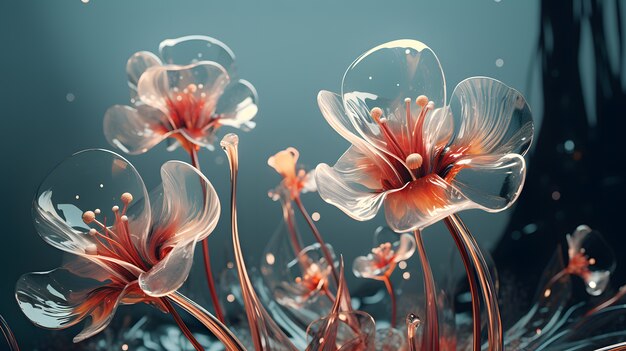
Sponsored article
In the realm of virtual design, incorporating realistic floral elements can transform a project’s ambiance and emotional impact. Floral designs are not only visually appealing but also provide a sense of nature, which can enhance the user experience and create a welcoming atmosphere. This article delves into the process of selecting, integrating, and maximizing floral patterns and textures, ensuring your digital project achieves the perfect blend of natural beauty and innovative design.
When incorporating floral patterns into your virtual design, selecting the right ones can significantly affect the overall aesthetic and success of your project. The first step is to understand the theme and goals of your project. Do you want to evoke a sense of tranquility or add a splash of vibrant energy? Consider your color scheme; matching or contrasting floral patterns can enhance or redefine the space. Balance is critical; while intricate patterns might suit a celebratory scene, minimal designs work best in professional settings. Styles should also align with the project’s character, whether it’s modern, vintage, or eclectic. Additionally, consider the message that each pattern conveys. A few things to keep in mind:
For 3D artists seeking high-quality resources, explore 3D flower models for designers to find versatile options that can be seamlessly integrated into various projects.
Integrating floral textures seamlessly into digital spaces requires a keen eye for detail and strategic design practices that enhance both visual appeal and user experience. A successful approach involves employing techniques that ensure the textures complement rather than overwhelm the virtual environment. Consider these strategies for seamless integration:
By thoughtfully incorporating these floral elements, virtual environments become more engaging and aesthetically pleasing, drawing users deeper into the digital experience.
The incorporation of realistic floral elements in digital design can significantly enhance user engagement by tapping into our innate connection with nature. Floral elements add visual appeal, creating aesthetically pleasing environments that captivate users. This connection encourages more interactive experiences and prolonged time spent engaging with content. Users are drawn to designs that reflect natural beauty and tranquility, contributing to a positive psychological effect. Implementing floral designs can also lead to increased project effectiveness through the following ways:
Consequently, integrating floral elements into digital design projects not only enhances the aesthetic appeal but also strategically boosts user engagement and interaction.